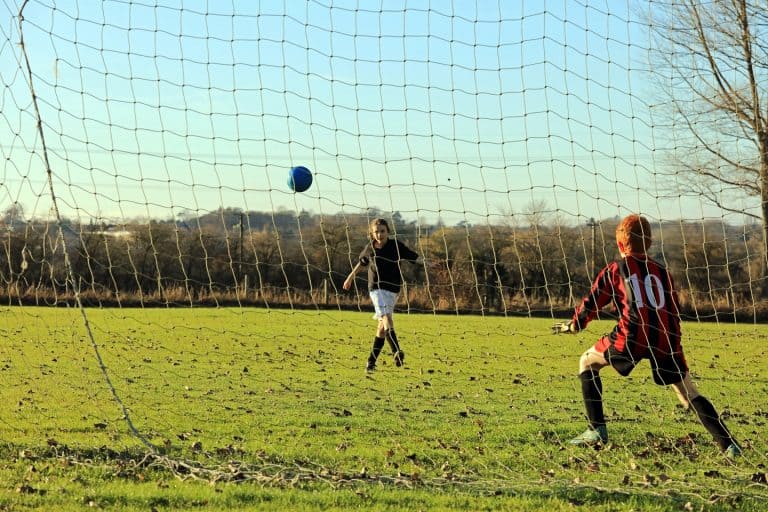Carbon monoxide poisoning: the silent cause of brain injuries in children
We were instructed to represent a 7 year old girl, whom I will refer to as ‘Emma’, in relation to the injuries she has sadly suffered as a result of carbon monoxide poisoning. I will discuss Emma’s story in order to highlight the risks of carbon monoxide poisoning and the impact it can have on children.
‘Emma’s’ story
Emma lived in rented accommodation with her family for several years. Her bedroom was on the first floor, directly above the boiler. The boiler broke down on numerous occasions and Emma’s parents notified the landlord. The landlord failed to undertake annual inspections, maintenance or repairs of the boiler and crucially, did not carry out any gas safety checks as she was required to do (see below). Emma’s mother began suffering from headaches and suspected carbon monoxide poisoning. She placed a carbon monoxide detector near the boiler and the alarm went off. An engineer was called immediately to inspect the boiler. He confirmed there was a gas leak and condemned the boiler.
Shortly after this, Emma complained of pins and needles in her left hand and foot. Around the same time, Emma’s teacher at school told her mum that she was concerned about Emma’s memory. One of the examples she gave Emma’s mum to demonstrate this was that Emma was unable to retell a story that she had just been told as she had forgotten it. Following various investigations by neurologists and neuropsychologists, Emma has now been diagnosed with permanent loss of short-term memory as a result of carbon monoxide poisoning. She also has significant problems with her vision, which may also be connected to the carbon monoxide exposure.
Duties of a landlord
There is a legal duty to ensure boilers are safe for tenants. Landlords have various responsibilities if they are letting out properties with gas appliances [1]. A summary of these duties is provided below:
- Landlords have a duty to maintain pipe work, appliances, chimneys and flues so they are in a safe condition
- Gas appliances should be serviced in accordance with the manufacturer’s instructions. If there are no instructions then the appliances should be checked by a Gas Safe registered engineer annually
- An annual gas safety check should be carried out by a Gas Safe registered engineer on each gas appliance and flue
- A record of this annual gas safety check should be provided by the landlord to the tenants within 28 days of the certificate being completed or at the start of a new tenancy
- Landlords must keep the record of the annual gas safety check for at least 2 years
- Landlords must ensure that anyone carrying out gas work on their property is Gas Safe registered
Common causes of carbon monoxide poisoning within the home
Carbon monoxide is released when fuels such as gas, oil, coal and wood fail to burn fully. These fuels are of course used in many household appliances including:
- Boilers
- Gas fires
- Central heating systems
- Cookers
- Water heaters
- Wood stoves
- Gas cooking stoves
These appliances may emit carbon monoxide fumes if they are incorrectly installed, poorly maintained or if the surrounding area is poorly ventilated. Carbon monoxide poisoning can occur if chimneys and flues are blocked as the fumes cannot escape and instead rise to dangerous levels within the home.
The statistics
An extensive study into the serious health impact of carbon monoxide poisoning by the Department of Health and Social Care in 2011 revealed the following [2]:
- 4,000 people go to A&E each year
- 200 people are hospitalised each year
- There are around 50 deaths in England and Wales each year
Symptoms of carbon monoxide poisoning to look out for in your children
Children are particularly vulnerable to carbon monoxide exposure and unfortunately, carbon monoxide poisoning in children is more common than we might think.
When children are exposed to carbon monoxide fumes, it enters their bloodstream and binds with the haemoglobin in red blood cells. This prevents the haemoglobin from binding with oxygen and this lack of oxygen can cause the body’s cells and tissues to die [3].
Carbon monoxide poisoning is often referred to as a ‘silent killer’ as it is odourless, colourless, tasteless and non-irritating. This is all the more worrying for parents trying to protect their children. However, there are some common symptoms [4] [5] you can look out for in your children and these are listed below:
- Headaches
- Dizziness
- Weakness or clumsiness
- Nausea and vomiting
- Confusion
- Chest pain
- Loss of consciousness
- Fast or irregular heart beat
- Shortness of breath
- Respiratory tract infections
- Loss of hearing
- Impaired memory
- Difficulty concentrating
- Impaired mental state and changes in personality
- Blurry vision
- Seizures
- Respiratory failure
- Gastrointestinal symptoms such as diarrhoea
- Cardiac arrest
- Symptoms of food poisoning or flu (but without a fever)
If you suspect carbon monoxide poisoning within your home [6], you should do the following:
- Switch off the appliance you believe is emitting carbon monoxide
- Open all windows and doors and then leave the room
- Seek urgent medical attention
- Call the Gas Emergency Services on 0800 111 999
Top tips for parents
Here are some top tips parents can use to protect their children from the dangers of carbon monoxide poisoning [7]:
- Install carbon monoxide detectors in areas with appliances that burn fuel
- Maintain your carbon monoxide detectors regularly
- Have all fuel-burning appliances, chimneys and flues checked at least once a year
- Read and follow manufacturer instructions and precautions that come with any fuel burning device
- Look out for signs of a carbon monoxide leak such as a brown / yellow soot around the faulty appliance, pilot lights that frequently blow out and the absence of an upward drift in chimney flues
- Have your fireplace checked and cleaned once a year
- Keep all vents clear
- Be alert and aware of the risks of carbon monoxide poisoning
[1] https://www.gassaferegister.co.uk/help-and-advice/renting-a-property/information-for-landlords/
[2] https://www.gov.uk/government/news/carbon-monoxide-poisoning-sends-4-000-people-to-a-e-each-year
[3] https://www.nhs.uk/conditions/carbon-monoxide-poisoning/
[4] https://www.nhs.uk/conditions/carbon-monoxide-poisoning/
[5] https://www.gassaferegister.co.uk/help-and-advice/carbon-monoxide-poisoning/
[6] http://www.bestheating.com/thesilentkiller
[7] https://www.npower.com/home/help-and-support/emergency-information/carbon-monoxide-safety/sources/










